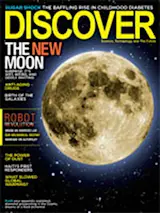We had been working 14-hour days in the makeshift intensive care unit at the Buen Samaritano clinic on the outskirts of Jimaní in the Dominican Republic, and none of us had ever before seen, much less been responsible for, a unit so laden with human misery. Twelve days earlier, on January 12, the magnitude 7.0 earthquake had leveled much of Port-au-Prince, Haiti. Within 24 hours hundreds of refugees fleeing the devastated city had begun crossing the border into this sleepy Dominican town, an hour and a half east of Port-au-Prince by car, seeking medical care. The clinic and orphanage compound where my wife, a critical care nurse, and I were volunteering (along with 200 other medical workers) was overwhelmed in a matter of days.
The survivors of the quake had been brought to the clinic from Haiti in all manner of conveyance, including the backs of dump trucks. Most had ...















